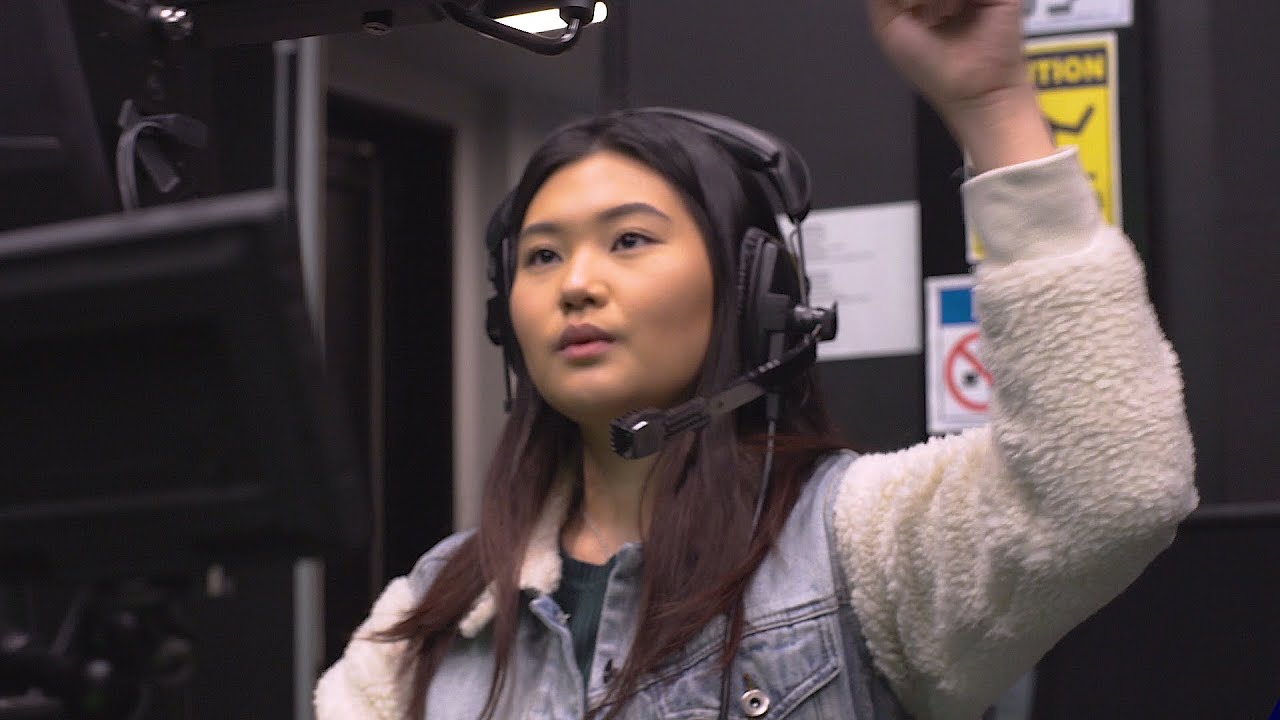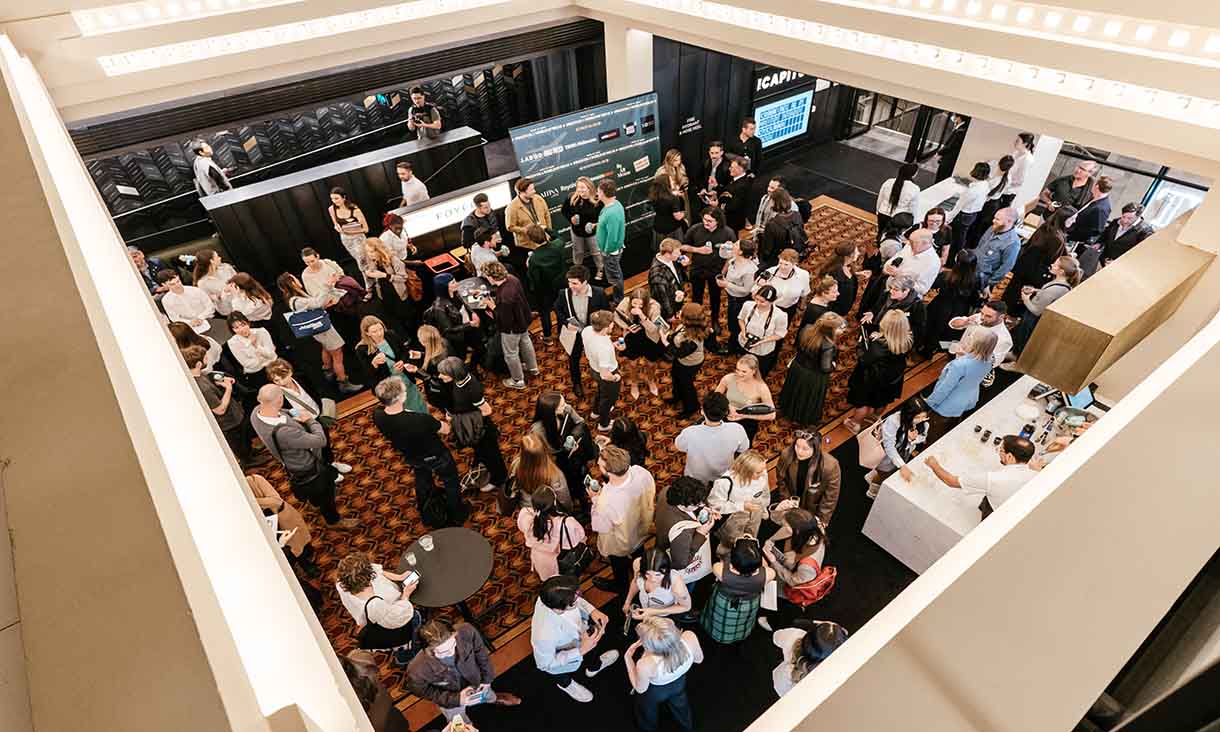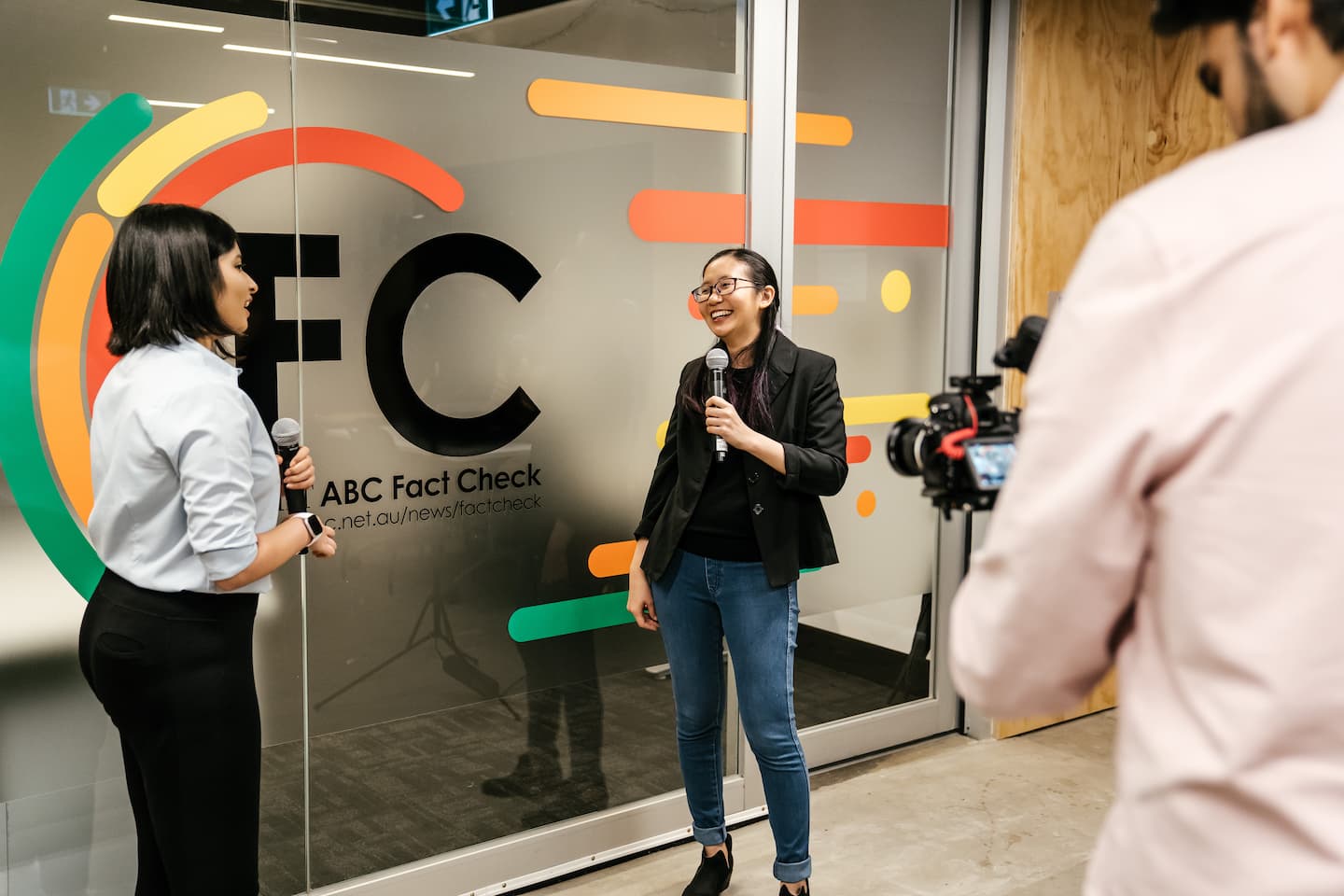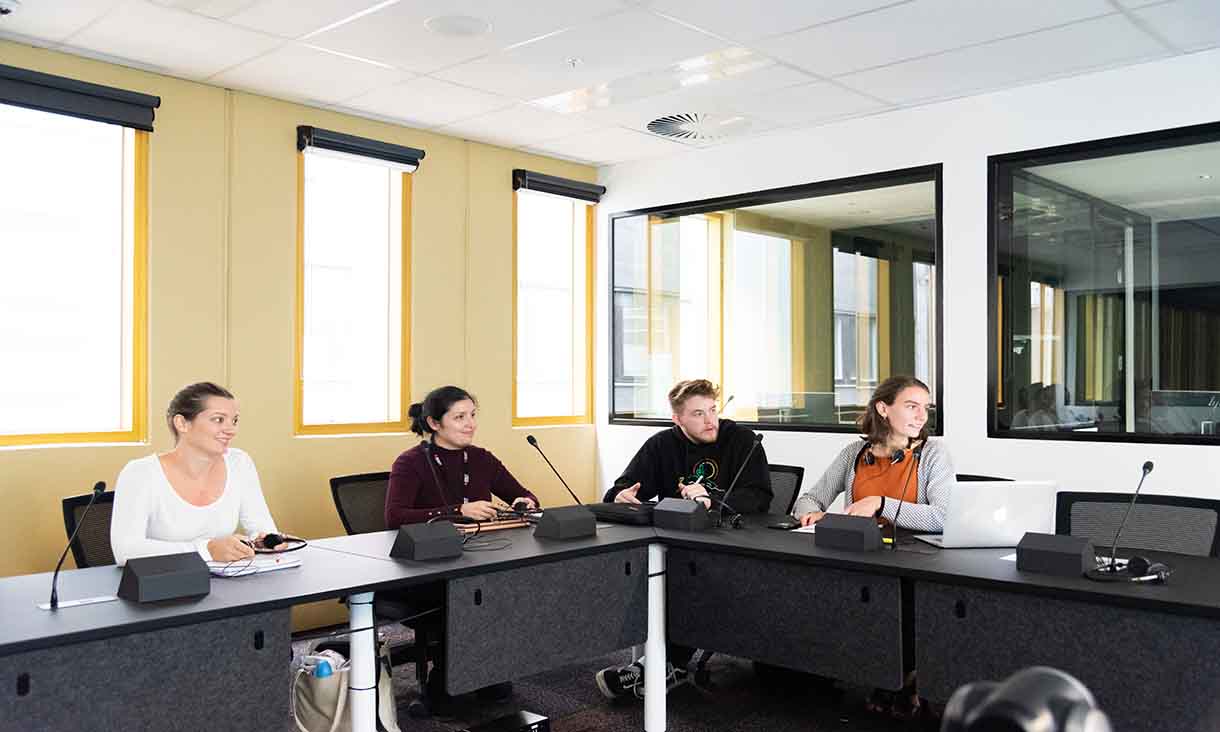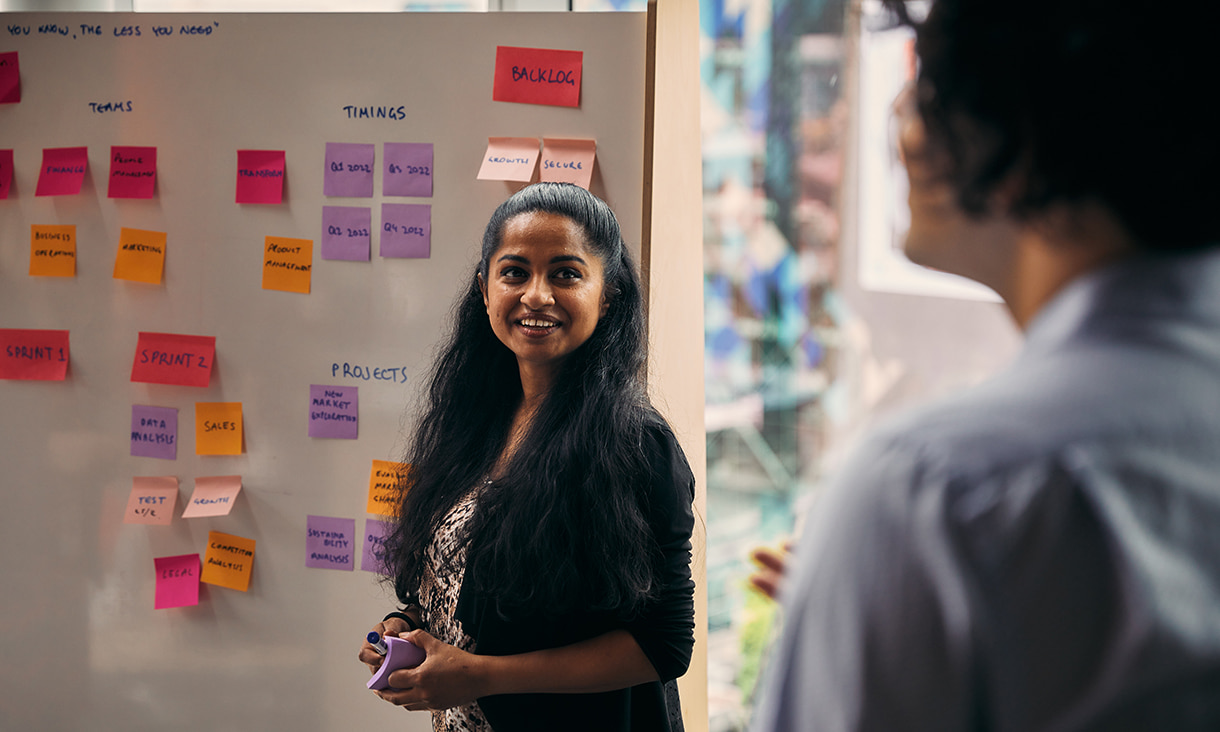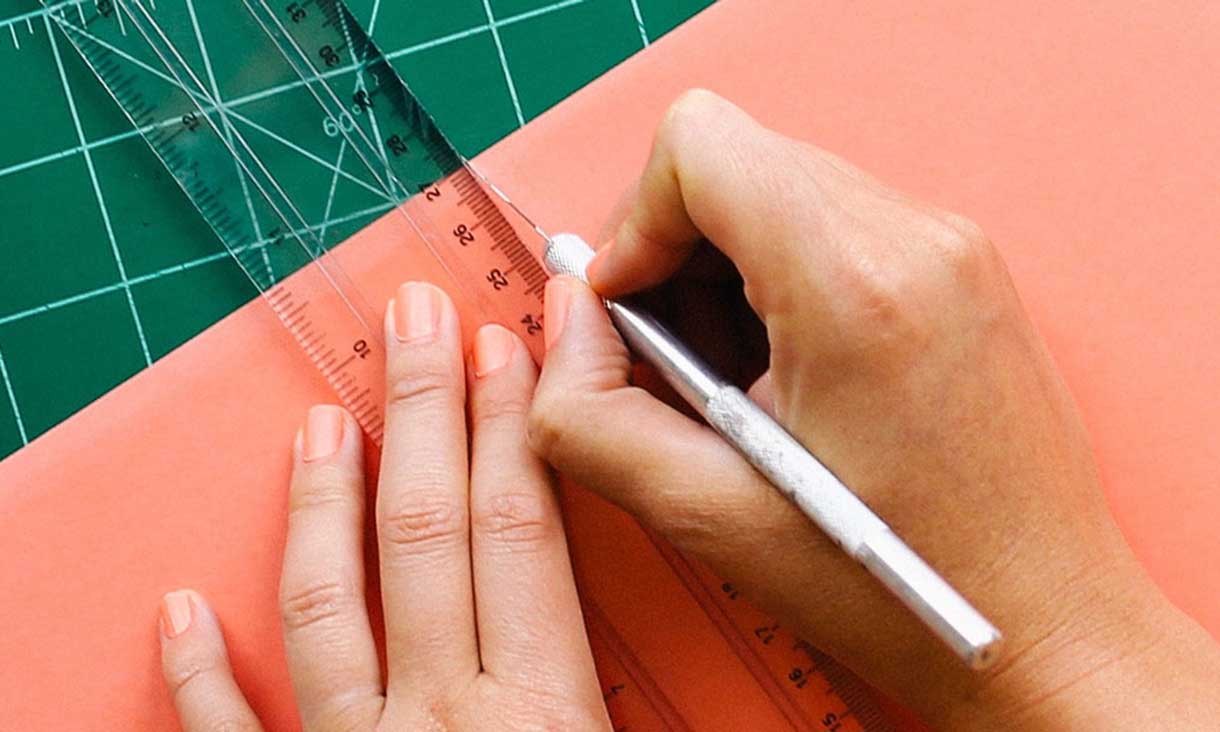Media
Thrive in an evolving media landscape and gain hands-on experience in digital media, journalism, music, audio or film at Australia’s #4 university for Communication and Media Studies.*
Art
Discover fine art, visual art, photography and more at the best art school in Melbourne and the #1 university in Oceania for art and design.*
Design
Study graphic design, interior design, merchandising and animation at the #1 university in Australia for Art and Design.*


